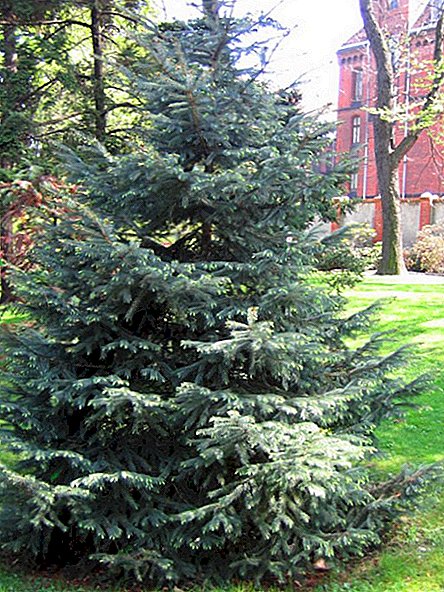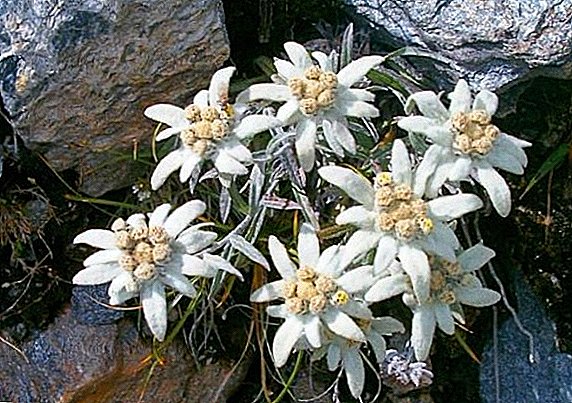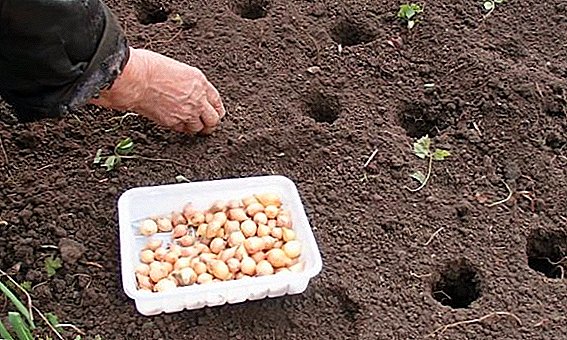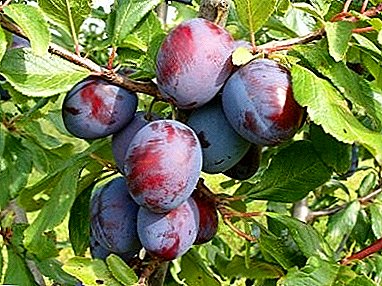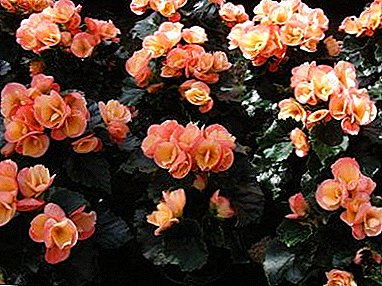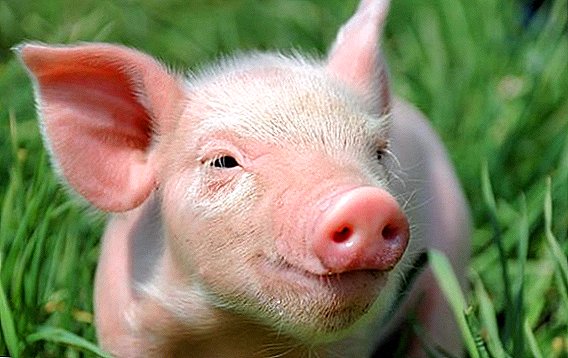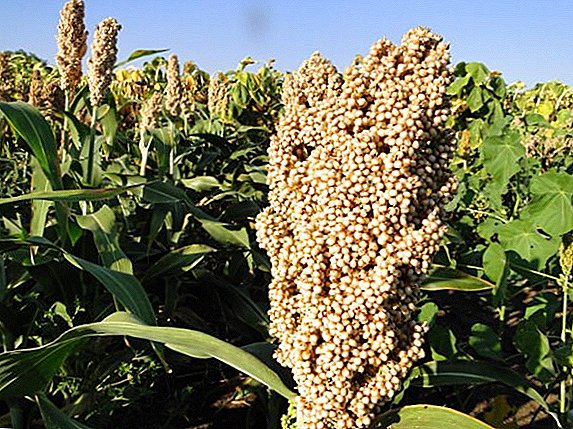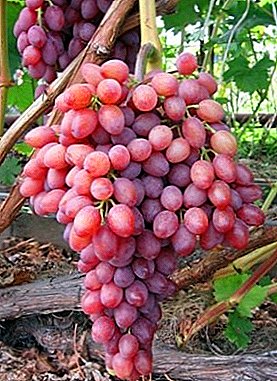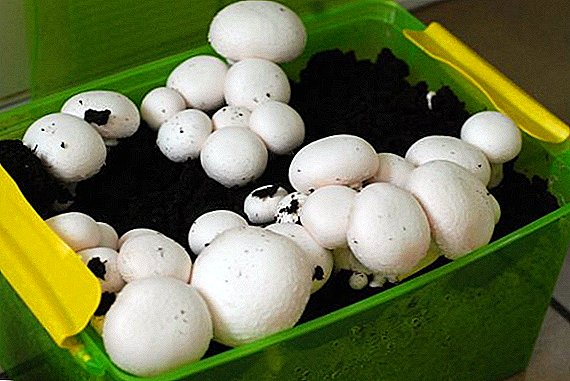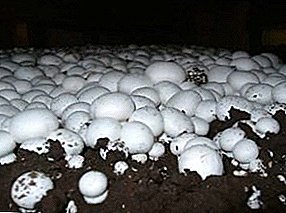 Champignons have long taken a strong position in the diet of many people. They are tasty, easy to prepare and very affordable: you can buy them in almost any supermarket. But if you still decide to treat yourself and loved ones with environmentally friendly home-made mushrooms, you will need some knowledge and effort. Our article will tell you how to grow mushrooms yourself.
Champignons have long taken a strong position in the diet of many people. They are tasty, easy to prepare and very affordable: you can buy them in almost any supermarket. But if you still decide to treat yourself and loved ones with environmentally friendly home-made mushrooms, you will need some knowledge and effort. Our article will tell you how to grow mushrooms yourself.
Substrate Preparation
 The process of preparing the substrate is called composting. In the case of champignons, it is rather complicated, because this mushroom is picky to the soil and eats only organic matter.
The process of preparing the substrate is called composting. In the case of champignons, it is rather complicated, because this mushroom is picky to the soil and eats only organic matter.
To prepare the substrate for champignons at home, you will need 100 kg of fresh golden straw (wheat or rye), 75-100 kg of horse (cow) manure or bird droppings, 300-500 liters of water, 6 kg of gypsum or 8 kg of slaked lime.
Straw should be cut into a length of 15-20 cm and soak with water for several days to make it wet. For the compost ripening on the concrete area, a collar measuring 1.5 x 1.2 m is formed. Contact of the mixture with the ground or rainwater is extremely undesirable, it is important to avoid the ingress of pest fungi into the compost.
Did you know? Burt - storage of agricultural products in the form of a large pile, located on the ground or in the pit, covered with straw, peat or sawdust with a ventilation system and protection from flooding. Usually vegetables are stored in a collar (potatoes, beets, cabbage).Straw and manure (litter) lay out layers of 25-30 cm thick. The first and last layer should be straw. Top compost can be covered with a film, but on the sides should be holes for ventilation.
 The next 3 weeks in the mixture there is a process of fermentation (burning), during which ammonia, carbon dioxide and water vapors are released, and the temperature in the collar can reach 70 ° C. During this time, you need to kill the compost 3-4 times.
The next 3 weeks in the mixture there is a process of fermentation (burning), during which ammonia, carbon dioxide and water vapors are released, and the temperature in the collar can reach 70 ° C. During this time, you need to kill the compost 3-4 times.
The first backing is carried out in 6-7 days, lime or gypsum is also added to the mixture.
Ready substrate - it is a homogeneous friable mass of dark brown color, the smell of ammonia is absent in it. If the mixture is too wet, it must be scattered a little to dry and smash again. The output is 200-250 kg of substrate, which corresponds to 2.5-3 square meters. m area for growing mushrooms.
However, if you do not want to bother with the preparation of the substrate, you can purchase ready-made compost. The compost blocks already planted with mycelium are on the market. They are easy to transport, and the shrink film protects the compost from natural factors.
Important! Some manufacturers offer a ready-made kit for the cultivation of champignons, consisting of a substrate, mycelium and casing layer.
Acquisition of mycelium (mycelium) champignon
 Today it is not difficult to acquire the mushroom mycelium. Web pages are full of ads for mycelium of different packaging and price categories. It is much more difficult to choose really high-quality planting material.
Today it is not difficult to acquire the mushroom mycelium. Web pages are full of ads for mycelium of different packaging and price categories. It is much more difficult to choose really high-quality planting material.
Sterile corn mushroom mycelium - This is a mycelium, the carrier of which is boiled and sterilized grain. The mushroom mycelium is usually produced on rye kernels, which at the initial stage of development provides nutrition for the mycelium.
Grain mycelium is sold in plastic bags with a gas exchange filter. A good viable cereal mycelium is uniformly overgrown (white) on all sides and has an intense mushroom odor. A slight greening indicates the presence of mold fungi, and a sour odor indicates the infection with bacteriosis.
At room temperature and in a sealed package, cereal mycelium is stored for 1-2 weeks, and in the refrigerator for up to 3 months. Before planting, the mycelium stored in the refrigerator must be kept at room temperature for a day without opening the package in order to adapt the mycelium before immersion in a warm substrate.
Compost mycelium is a compost on which mushrooms have grown and which is a carrier of mycelium.
Did you know? High-quality seed mushrooms for breeding is made in special sterile laboratories.
Lay the mixture for the landing of mycelium
 Before starting work on the production of champignons at home indoors, you need to carry out treatment against parasites and mold. For example, you can disinfect the whitewashed ceiling and walls with lime and copper sulphate. After the measures taken, the room must be ventilated.
Before starting work on the production of champignons at home indoors, you need to carry out treatment against parasites and mold. For example, you can disinfect the whitewashed ceiling and walls with lime and copper sulphate. After the measures taken, the room must be ventilated.
For amateur cultivation of mushrooms enough 3 square. Boxes for champignons in order to save space can be placed in tiers on the shelves.
The substrate is laid out in a container with a thickness of 25-30 cm, slightly compacting it. An approximate calculation of substrate consumption is 100 kg per 1 sq. M. m
Important! A large basement can be divided into several zones: one used for the incubation of a mycelium, the second for distilling fruit bodies, and the third for preparing the substrate.
Planting mycelium (mycelium)
Grain mycelium is simply planted and covered with a layer of substrate 5 cm thick. You can also make holes 4-5 cm deep, lifting the soil with a peg, where a handful of grain or compost mycelium is placed.
When the mycelium begins to grow, and this will happen in 1-2 weeks, the surface of the substrate must be covered with a 3-4 cm layer of top soil. . Gas exchange between air and compost depends on the structure of the casing layer.
 Cover soil can be made by yourself or buy ready. For the preparation of homemade mixture you will need 9 parts of peat and part of chalk or 5 parts of peat, 1 part of chalk, 4 parts of garden land. On 1 square. m area you need to take 50 kg of cover soil.
Cover soil can be made by yourself or buy ready. For the preparation of homemade mixture you will need 9 parts of peat and part of chalk or 5 parts of peat, 1 part of chalk, 4 parts of garden land. On 1 square. m area you need to take 50 kg of cover soil.
Did you know? The consumption rate of mushroom mycelium is 350-400 g per 1 sq. M. m for grain and 500 g per 1 square. m for compost.
Temperature control and champignons care during growth
Indoors you can get fresh mushrooms all year round. The room should be clean and closed from external factors, preferably with a concrete floor. Mushrooms do not need light, but good ventilation is necessary, but no drafts should be allowed.
In the warm season, cellars, cellars, sheds, storerooms, garages, and attics can be adapted for growing champignons, where the temperature is maintained at 16-25 ° C and the air humidity is 65-85%. The temperature during this period can be changed by ventilation. Humidity can be adjusted by spraying (to increase) or airing (to lower).
In the cold period, only warmed rooms with adjustable temperature will be suitable, as additional heating will be needed.
 The first 10-12 days after planting the mycelium indoors, the temperature should be maintained at 25 ° C. When the mycelium expands, the temperature should be lowered to 18-20 ° C, and further maintained at 16-20 ° C.
The first 10-12 days after planting the mycelium indoors, the temperature should be maintained at 25 ° C. When the mycelium expands, the temperature should be lowered to 18-20 ° C, and further maintained at 16-20 ° C.
Important! To monitor the temperature and humidity in the room where the mushrooms are grown, you need to install a thermometer and a hygrometer.Protein supplements are sometimes used to increase the nutritional value of the compost. Some of them are introduced into the substrate during the sowing of mycelium, others - before applying the casing layer in compost overgrown with mycelium.
Harvesting champignons
The first fruit bodies appear 35-40 days after planting the mycelium.
Mushrooms do not cut, as we used to do in the forest, right collect them by twisting. They are mold fungi and have no root system, the mycelium in this case is not damaged, a new fungus soon grows in this place. But the remnants of the cut mushrooms can rot, attracting insects.
Empty places after harvesting should be covered with cover soil and lightly watered. The yield of champignons per month - up to 10 kg per 1 sq. M. After harvesting, after 1.5-2 weeks, the mushrooms appear again.
 Mushroom cultivation at home is not easy, sometimes not very pleasant. But the result in the form of a rich harvest of fragrant and tasty mushrooms for your table or for sale justifies all efforts.
Mushroom cultivation at home is not easy, sometimes not very pleasant. But the result in the form of a rich harvest of fragrant and tasty mushrooms for your table or for sale justifies all efforts.


